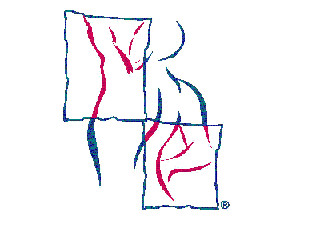
Mechanical Diagnosis & Therapy
MDT is the most researched conservative care method in the scientific literature. This method of care emphasizes clinical examination, patient education and the concept of self-management as its core principles. It is also the only spinal and musculoskeletal assessment method currently used in medicine that is proven to be inter-tester reliable. This means that whenever one clinician finds something, it will in turn be found by all subsequent clinicians examining the same patient.
A reliable assessment is necessary to produce a precise diagnosis which allows clinicians to direct the most appropriate intervention for the patient’s condition. There is only one assessment process in medicine for the spine that has consistently been shown to be so. That is the Mechanical Diagnosis and Therapy (MDT) Assessment when performed by a certified clinician. The scientific evidence is very clear that 74-87% of all spinal problems could be easily and rapidly resolved if the results of an MDT assessment performed by a certified clinician were applied. This occurring without expensive imaging, surgery, injection therapy, and medication or drawn out therapeutic or chiropractic interventions and care.
Three Steps to Success
MDT provides a safe, logical guide to the most optimal treament strategy for a specific patient. Unique to the McKenzie Method, the process begins with a thourough history and testing of repeated movements to identify distinct patterns of pain reponses that are: objective, reproducible, and realiable.
The basis of the McKenzie system is the patient's own ability for movements and forces to abolish the pain and restore function. A series of individualized excercises are prescribed subsequent to the patient's responses during the assessment process and - most critically - are based on the identified Directional Preference of movements that will centralized or abolished pain. Patients who respond favorably with MDT and successfuly treat themselves eventually and minimize the number of visits to the clinic.
Patients who stick to the prescribed treatment protocols are less likely to have persitent problems. Thus, by learning how to self-treat the current problem, patients gain hands - on knowledge on how to minimize the risk of recurrence and how to quickly managed themselves if symptoms do occur.